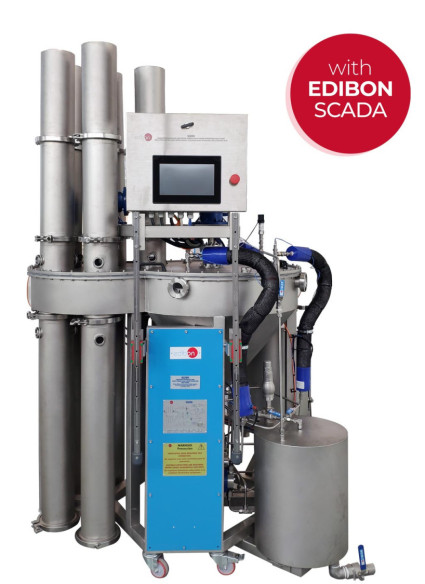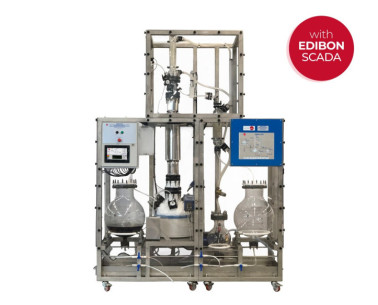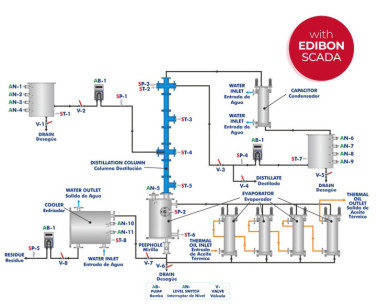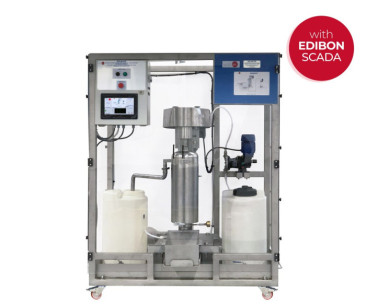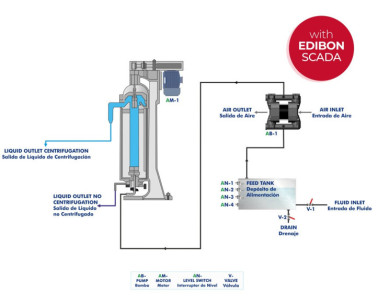Les usines pilotes sont des installations à petite échelle conçues pour simuler des processus industriels ou de recherche avant leur mise en œuvre à grande échelle. Elles sont essentielles pour tester des technologies, optimiser des processus et valider des modèles avant d’investir dans la...
Dans un monde où la demande en énergie ne cesse d'augmenter et où les ressources non renouvelables s'épuisent rapidement, la nécessité de trouver des solutions durables et respectueuses de l'environnement n'a jamais été aussi urgente. L'économie circulaire et l'utilisation de la biomasse...
La Captation Directe de l'Air (DAC) est une technologie innovante qui élimine le CO₂ directement de l'air en utilisant des réactions chimiques avec des solvants liquides ou des absorbants solides. Malgré des défis tels que des coûts élevés et une consommation d'énergie importante, la DAC offre...
We want to present you the new pilot plant that we have developed adapting to the needs of the department of Chemical Engineering at the Technical University of Denmark (DTU)
 Préférences sur les cookies
Préférences sur les cookies






